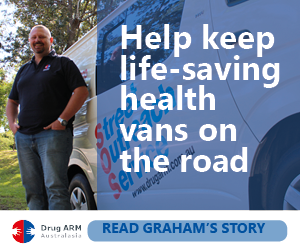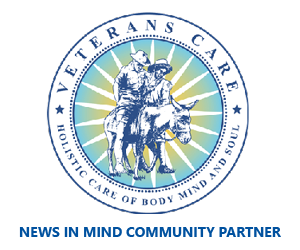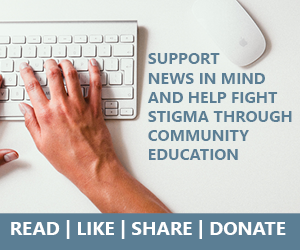
A homeless man lies on the ground in front of a store in Sydney’s CBD. Photograph: William West/AFP/Getty Images
Around one in 84 Australians accessed specialised homelessness services in the last financial year, According to the Australian Institute of Health and Welfare’s (AIHW) latest report.
And 60% of them, were female,
The figures from the AIHW highlight the growing areas of concern regarding homelessness in Australia, highlighting some gender trends on the reasons people become homeless, or risk becoming homeless.
This year, a look at the 288,000 clients who accessed homelessness services found some alarming trends regarding the rate of young women — particularly young mothers — escaping violence.
According to the data,
The good news is that of the clients at risk of homelessness who accessed services, nine in ten were able to successfully maintain their housing with a assistance from a specialist homelessness agency.
These agencies are working overtime.
Over half of clients (56%) assisted in 2016–17 were currently housed, but at risk of becoming homeless. Most commonly, these clients were living in private housing (as a renter, rent free, or owner, rather than, for example, a social housing tenant).
‘Of those clients at risk of becoming homeless, about 6 in 10 were living in a private dwelling at the time they sought assistance,’ said AIHW spokesperson Matthew James.
Most (85%) of these clients received assistance so they could continue to live in a private dwelling, while 6% of those in private housing were helped into social housing.
‘Overall, around 9 in 10 clients at risk of homelessness successfully maintained their housing with assistance from a specialist homelessness agency. This illustrates the role that homelessness agencies play in preventing people from becoming homeless,’ Mr. James said.
When looking at those clients who were homeless when they presented to a specialist homelessness agency (44%), agencies assisted about 4 in 10 (39%) into housing; the report found that again, most received assistance into private dwellings.
‘This has changed over time—5 years ago, roughly equal numbers of clients were helped into both private and social housing, but in 2016–17, the size of this group has more than doubled and now around 60%—or 16,000 clients—were housed in private dwellings with the assistance of homelessness services,’ Mr James said.
Overall, the report also shows that for the first time since the data collection began in 2011–12, previous clients of specialist homelessness services are outnumbering new, first time clients, making up 51% and 49% of clients, respectively.
The common groups of returning clients included those with mental health conditions (61%), people exiting custody (64%), and those with problematic drug and/or alcohol use (69%).
‘This suggests that many clients have complex issues, requiring long-term assistance,’ Mr James said.
Overall, when looking at reasons why clients sought assistance, the report shows a rise in the proportion experiencing family and domestic violence, increasing 9% in 12 months. The proportion of clients with mental health conditions also rose, up by 7%.
Overall, 2 in 5 (40%) clients, or nearly 115,000 people, received assistance because of family and domestic violence, while 27% (about 77,600) requiring help reported a mental health condition.
The report also shows that the number of unmet requests for assistance has fallen. In 2016–17 there were over 95,000 unmet requests for homelessness services, about 5,000 fewer than last year.
This piece by Angela Priestley was first seen on ‘Women’s Agenda’.





























